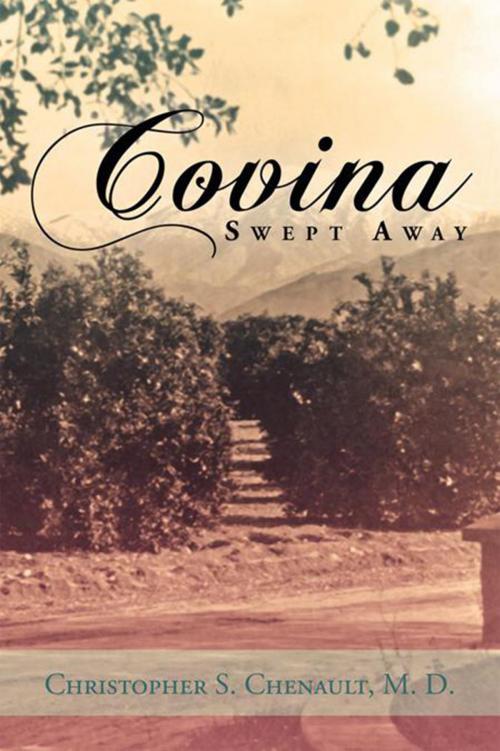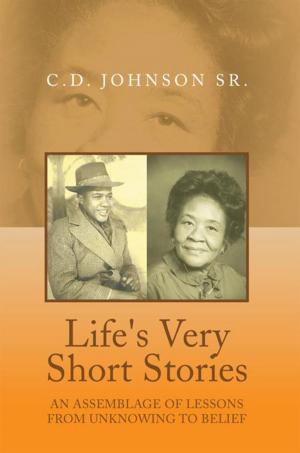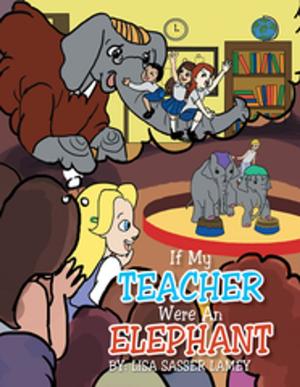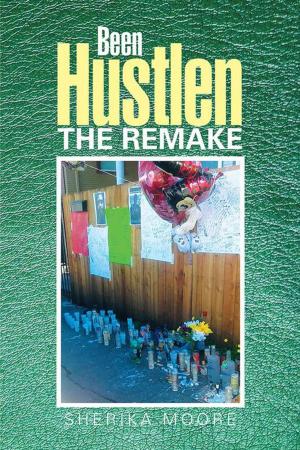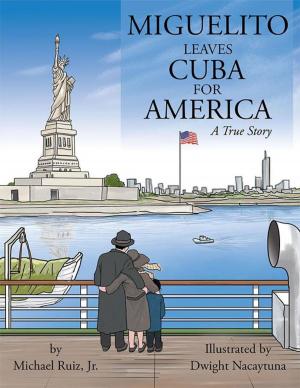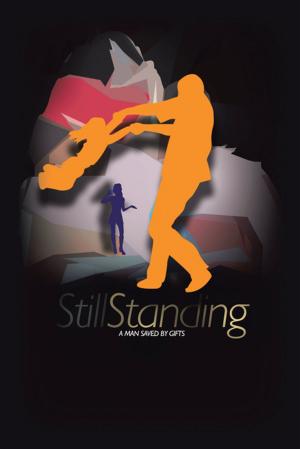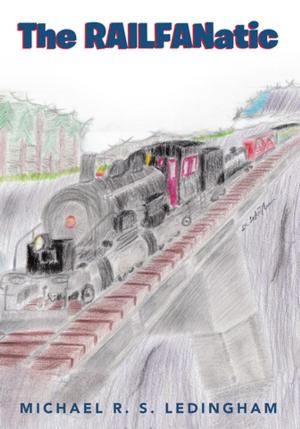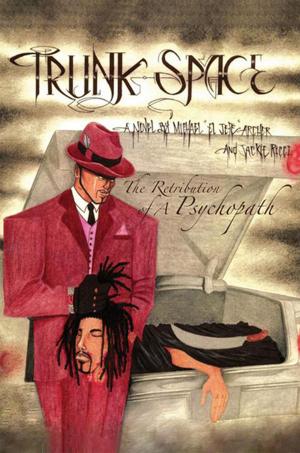| Author: | Christopher S. Chenault | ISBN: | 9781479701209 |
| Publisher: | Xlibris US | Publication: | September 11, 2012 |
| Imprint: | Xlibris US | Language: | English |
| Author: | Christopher S. Chenault |
| ISBN: | 9781479701209 |
| Publisher: | Xlibris US |
| Publication: | September 11, 2012 |
| Imprint: | Xlibris US |
| Language: | English |
Covina, Swept Away By Christopher S. Chenault, M. D. A number of towns in the Midwest and South have changed little over the last one hundred years. It is possible to return to ones hometown and see the town and many old landmarks little changed. This is not at all true of most of the towns of Southern California. Many areas of Southern California have been transformed from agricultural land to land for shopping centers and tract home over the past sixty years. The San Gabriel valley, east of Los Angeles, was the largest exporter of citrus fruit in the world in the 1930s and 1940s and had a hundred years history of agricultural use. In a period of fifteen years, 1950 to the mid-1960s, all of those vast acres of serene rural life were swept away in that wave of humanity that arrived after WW II to occupy the space for jobs, recreation, and raising families. There is now almost nothing left of that serenity. As a child in the 1940s and a teenager in the 1950s, I watched as this transformation progressed. We played hopscotch, marbles, and danced to the Mexican Hat Dance during grade school. We modified cars, went to the Sugar Bowl for sodas, and danced to Big Band sounds and Rock and Roll in high school. We watched drag races on Gladstone Avenue and at the Pomona drag strip. In poodle skirts and saddle shoes or corduroys and loafers, we live the 1950s in the residual of small town, agricultural Covina and witnessed a community go from one high school and two grammar schools in 1950 to add twenty-three new schools by the early 1960s. I have attempted to describe those years of tranquility, document our activities, and illustrated the varied attractions that would draw a family to that area. We were fortunate enough to experience swimming in the cool pacific, take trips to Arrowhead, Sequoia, and Kings Canyon, camp with the scouts at Cherry Cove on Catalina Island, Ski on Mount Baldy and go with groups of kids to Big Bear and the new Disneyland. We also endured the blackouts in Santa Barbara during WW II and sugar rations collected at the City Hall In an autobiographical format, I have presented the move of my family to California and included the stories of families of my schoolmates whose ancestors immigrated to Southern California. And I have documented the activities of the time to give flavor to the area during this period that was to be the end of the one hundred year agricultural use of the land.
Covina, Swept Away By Christopher S. Chenault, M. D. A number of towns in the Midwest and South have changed little over the last one hundred years. It is possible to return to ones hometown and see the town and many old landmarks little changed. This is not at all true of most of the towns of Southern California. Many areas of Southern California have been transformed from agricultural land to land for shopping centers and tract home over the past sixty years. The San Gabriel valley, east of Los Angeles, was the largest exporter of citrus fruit in the world in the 1930s and 1940s and had a hundred years history of agricultural use. In a period of fifteen years, 1950 to the mid-1960s, all of those vast acres of serene rural life were swept away in that wave of humanity that arrived after WW II to occupy the space for jobs, recreation, and raising families. There is now almost nothing left of that serenity. As a child in the 1940s and a teenager in the 1950s, I watched as this transformation progressed. We played hopscotch, marbles, and danced to the Mexican Hat Dance during grade school. We modified cars, went to the Sugar Bowl for sodas, and danced to Big Band sounds and Rock and Roll in high school. We watched drag races on Gladstone Avenue and at the Pomona drag strip. In poodle skirts and saddle shoes or corduroys and loafers, we live the 1950s in the residual of small town, agricultural Covina and witnessed a community go from one high school and two grammar schools in 1950 to add twenty-three new schools by the early 1960s. I have attempted to describe those years of tranquility, document our activities, and illustrated the varied attractions that would draw a family to that area. We were fortunate enough to experience swimming in the cool pacific, take trips to Arrowhead, Sequoia, and Kings Canyon, camp with the scouts at Cherry Cove on Catalina Island, Ski on Mount Baldy and go with groups of kids to Big Bear and the new Disneyland. We also endured the blackouts in Santa Barbara during WW II and sugar rations collected at the City Hall In an autobiographical format, I have presented the move of my family to California and included the stories of families of my schoolmates whose ancestors immigrated to Southern California. And I have documented the activities of the time to give flavor to the area during this period that was to be the end of the one hundred year agricultural use of the land.
